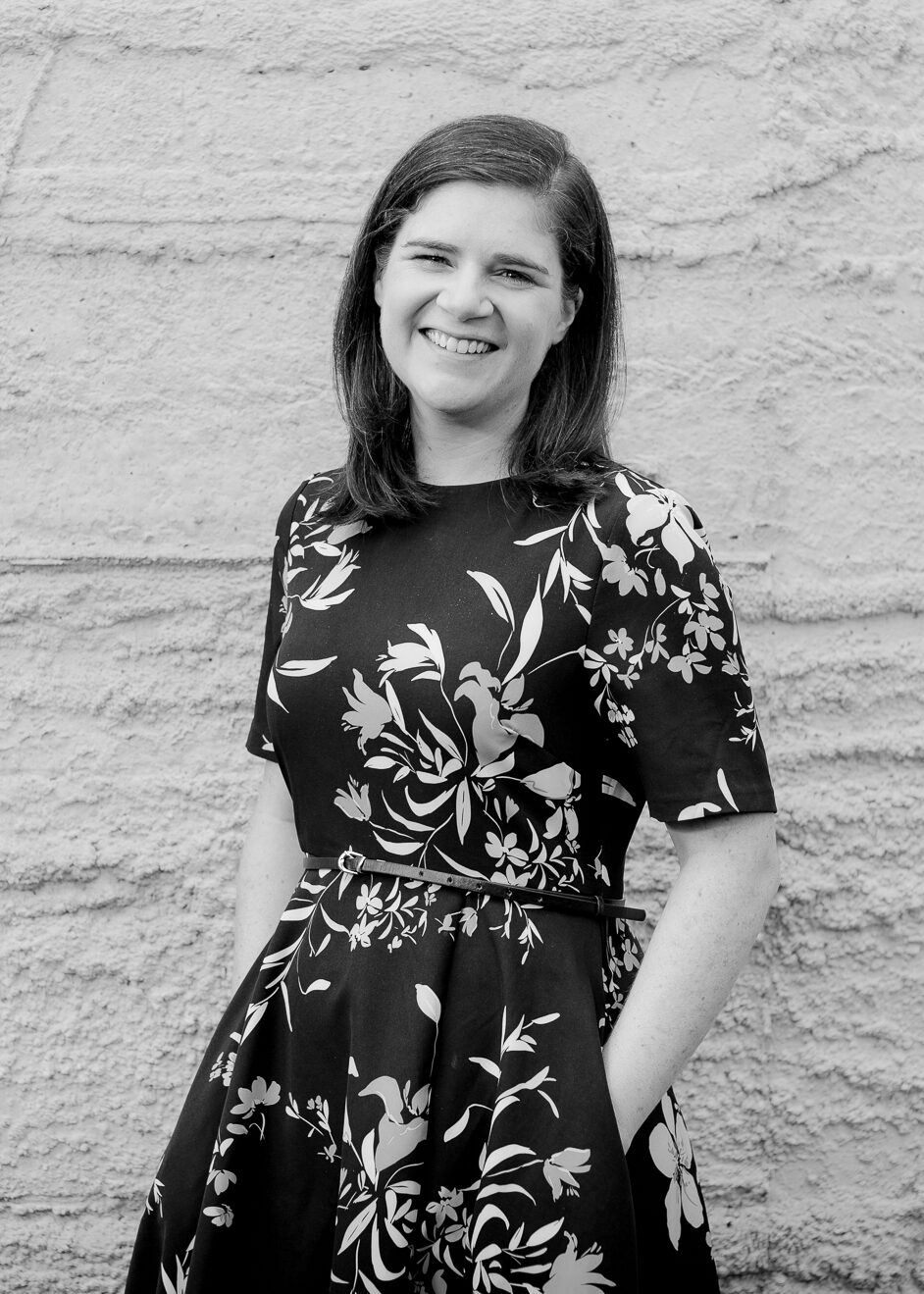The Clean Energy Regulator engaged Pragma to develop a strategy for the redevelopment of the website. They required assistance identifying the highest priority user needs, mapping user journeys through the site, designing the content and visual experience of the site, and testing the site with real users.
Pragma conducted thorough user research to fully understand CER users and what their top tasks are on the CER website. We then used those findings to identify the top priority user needs and journeys and developed those to an Alpha stage prototype for testing with users.
We designed the content required to meet the needs of the users as they journeyed through the site, and worked in a multi-disciplinary team to move from user story mapping, to content design, to UX wireframes, and into high-fidelity visual prototypes. Our content designers, UX designers and user researchers worked closely to ensure all designs meet identified user needs and alleviated users’ frustrations and pain points in the current website.
We then rapidly iterated on low-fidelity prototypes (content and wireframes) to develop highly visual mockups that were then developed into interactive prototypes. We recruited users in consultation with CER and conducted task-based usability testing, where we identified whether the prototypes enabled users to meet real needs. We then iterated on these digital services until users had 100% success rate in using the services, meeting their needs with little to no friction.











